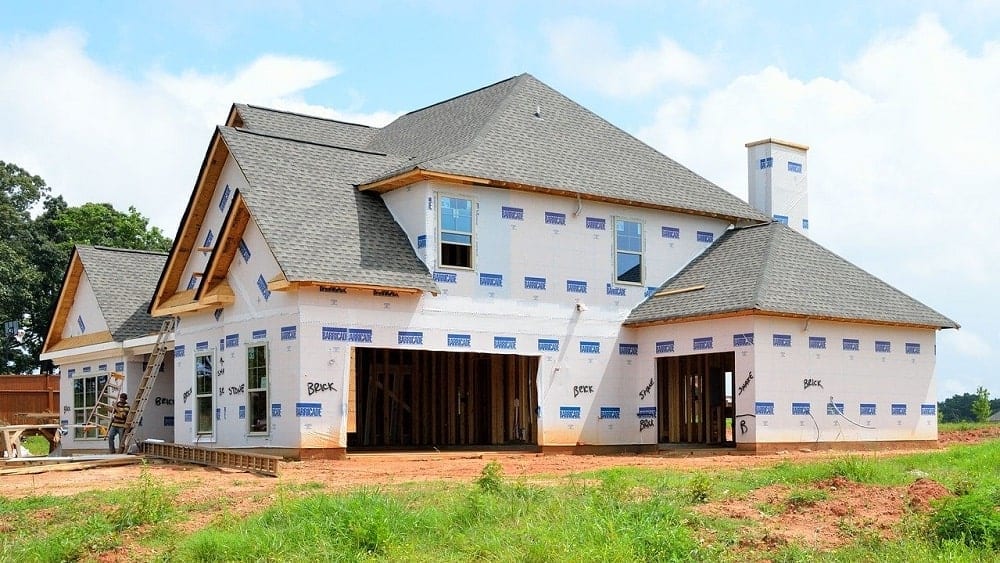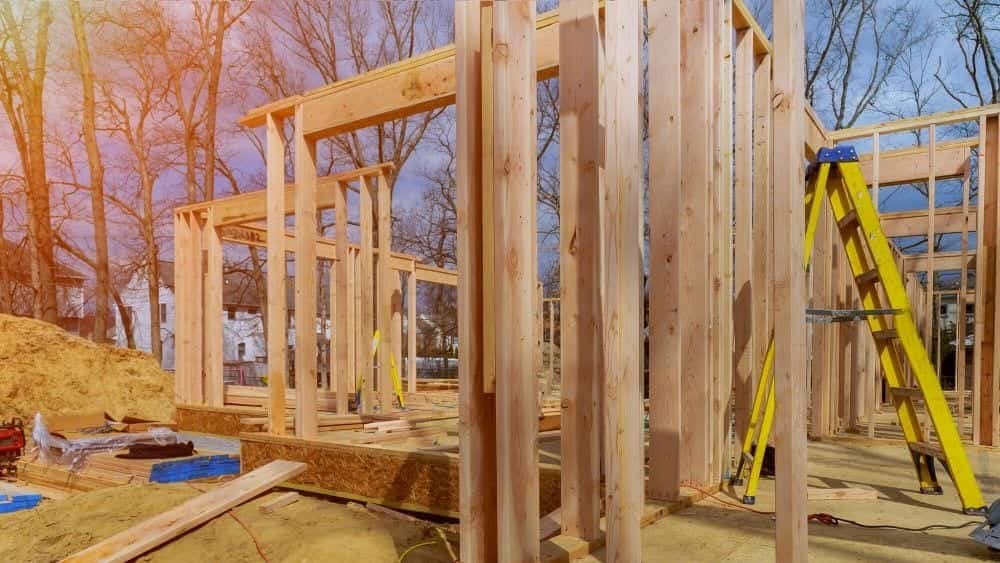High-Quality Kitchen Remodeling Indiana to Upgrade Your Food Preparation Room
High-Quality Kitchen Remodeling Indiana to Upgrade Your Food Preparation Room
Blog Article
Just How a General Service Provider Can Change Your Usual Locations Into Practical Spaces
The makeover of usual locations right into functional areas is a nuanced procedure that calls for a general specialist's competence in evaluating particular community demands and developing customized remedies. By considering variables such as format, access, and visual appeal, a specialist can create settings that not only serve functional purposes however also foster area engagement. Via reliable job monitoring and adherence to quality standards, these renovations can significantly improve user experience. The intricacies entailed in stabilizing style and functionality raise important questions concerning ideal methods and potential challenges that benefit further expedition (Carmel Indiana General Contractor).
Assessing Current Common Location Requirements
When assessing common areas, it is necessary to identify and recognize the particular needs of the area they offer. This procedure begins with a complete analysis of current usage patterns, which entails gathering information on foot traffic, optimal usage times, and tasks taking area within these rooms. Involving with community participants with studies or conferences can provide important insights into their choices and obstacles.
Next, it is very important to take into consideration the market composition of the neighborhood, consisting of age, lifestyle, and any unique needs that may influence exactly how these spaces are used. Households with young children might call for play areas, while older grownups might focus on access functions.
Furthermore, evaluating the existing framework and services is important. Recognizing locations that are underutilized or in need of repair work can educate possible improvements. Teaming up with stakeholders, such as residential property managers and neighborhood companies, makes sure that the assessment shows an extensive understanding of the neighborhood's needs.
Inevitably, a precise evaluation of existing common location needs lays the groundwork for effective improvements, allowing for the creation of spaces that promote engagement and enhance the general quality of life within the community.
Designing for Functionality and Appearance
An extensive understanding of area requires establishes the phase for efficient layout that stabilizes performance and looks in typical locations. Successful layout needs a thoughtful technique that considers both the practical usages of the space and the aesthetic charm that improves the setting.
Useful layout requires developing areas that cater to the certain tasks and communications of the neighborhood. This could include adaptable seating arrangements for celebrations, accessible paths for people with movement difficulties, or marked areas for recreational activities. Each component must offer a purpose while guaranteeing convenience of movement and convenience for users.
The selection of shades, materials, and lighting can substantially influence the understanding of a room. Furthermore, straightening the layout with the neighborhood's social identity can cultivate a sense of belonging and pride.
Budgeting and Source Appropriation
Effective budgeting and resource allocation are important elements in the effective makeover of usual locations. A distinct budget plan describes the monetary specifications within which the task have to operate, guaranteeing that costs are controlled and resources are properly used. This begins with a thorough analysis of job needs, including design components, materials, and labor.

A general professional plays a critical duty in this stage, collaborating with you can try these out stakeholders to establish realistic budget plan quotes that straighten with the desired vision. By prioritizing essential functions and discovering cost-efficient options, the specialist can optimize investing without endangering top quality.
Resource allotment entails strategically assigning workers, tools, and products to various stages of the task (Carmel Indiana General Contractor). This needs cautious preparation to guarantee and stay clear of hold-ups that each element is delivered in a timely manner. Furthermore, routine monitoring of expenses versus the budget plan assists to recognize potential overruns early, allowing for timely modifications
Managing Building Process Effectively
Handling the building and construction process effectively is important for achieving prompt task conclusion and maintaining spending plan stability. A well-coordinated technique involves precise planning, clear interaction, and efficient source administration. General professionals need to develop an in-depth project timeline use this link that describes each stage of building and construction, enabling the identification of critical milestones and possible traffic jams.
Regular progress meetings are crucial for keeping all stakeholders educated and aligned. These conferences facilitate the prompt resolution of concerns, ensuring that the task stays on track. Furthermore, making use of task monitoring software program can improve communication, track development, and take care of sites paperwork, lowering the likelihood of misconceptions and hold-ups.
Efficient resource appropriation is also critical. By making certain that products, labor, and equipment are offered when needed, general service providers can prevent pricey interruptions. Applying a positive technique to run the risk of administration more improves performance, as it permits for the recognition and reduction of potential obstacles prior to they escalate.

Guaranteeing Compliance and High Quality Requirements
Conformity and top quality criteria are essential to the success of any building job, making sure that the ended up rooms not just meet client assumptions yet additionally stick to regulatory requirements. A general contractor plays a critical duty in imposing these requirements throughout the construction process.
First, it is essential for the professional to stay upgraded on local building ordinance, safety and security regulations, and industry best practices. This knowledge allows them to assist layout selections and product choices that line up with conformity standards. Routine evaluations and top quality analyses during the construction phase aid to identify prospective concerns early, reducing pricey hold-ups and remodel.
In addition, a reputable general contractor fosters a society of high quality among subcontractors and workers. This can be achieved by giving training on compliance protocols and implementing rigorous quality assurance measures. By establishing clear communication networks, the specialist can ensure that everybody involved recognizes their obligations regarding conformity and quality.
Final Thought
In final thought, the function of a general specialist in changing usual areas right into functional rooms is pivotal. Through a detailed analysis of neighborhood demands, thoughtful layout, careful budgeting, and efficient task management, these experts can develop atmospheres that improve use and aesthetic allure. Adherence to compliance and top quality standards even more makes sure that revitalized rooms not just fulfill the expectations of stakeholders however likewise foster engagement and enhance the total experience for all individuals within the neighborhood.
The change of typical locations right into useful areas is a nuanced procedure that needs a basic professional's experience in examining certain community requirements and making customized solutions. By considering aspects such as layout, accessibility, and aesthetic charm, a service provider can produce environments that not only offer functional purposes yet also foster area involvement. General contractors need to establish a thorough job timeline that outlines each stage of construction, permitting for the recognition of essential landmarks and potential traffic jams.

Report this page